One of the questions I often get asked on social media revolves around e-commerce — specifically, e-commerce niches.
How do you choose the e-commerce niche that’s right for you?
That’s a tough question for me to answer because I’m not you. My experiences, goals, and knowledge base aren’t the same as yours.
Everyone has to choose the e-commerce niche that’s right for them. If you don’t, you’ll likely fail.
Many people ask me about popular, expensive products. Doesn’t everyone want a new 60-inch television? Or the latest iPhone?
So that’s the best place to start in e-commerce, right? People see dollar signs.
But that’s the wrong place to start.
Just because everyone wants a new iPhone doesn’t mean you should sell iPhones. In fact, that’s a good reason to avoid the niche. There’s a ton of competition.
Instead, I urge you to follow these 10 foolproof strategies for choosing an e-commerce niche that’s right for you.
First, though, let’s define the term “niche” and figure out why you need one.
What’s an e-commerce niche?
Your e-commerce niche represents the narrow category into which your products fall. For instance, fashion is a fairly broad niche. High-heeled shoes are much narrower.
When you choose an e-commerce niche, your brand will revolve around it.
You’ll build a target audience based on the niche’s qualities and the pain points your product solves.
Don’t be afraid to narrow down your niche.
Sure, you might eliminate a few potential customers, but you’ll also create more demand among people who really want what you sell.
In fact, micro-niche marketing has become extremely popular. It’s finding the narrowest possible niche while still enjoying a sufficiently large audience.
When you choose a micro-niche, you can rank your content for related keywords more easily. Plus, you have less competition and a more targeted audience.
Even if your niche is broad, though, you need to select one that will permit years of commercial success.
That’s not something you accomplish in an afternoon.
Why do you need an e-commerce niche?
Some companies are able to sell everything — and do it well. They’re the exception, though, instead of the rule.
Amazon, for instance, has departments and categories for just about anything you might want.
The same goes for eBay. In other countries, huge marketplaces like Alibaba have enjoyed tremendous success.
These companies shouldn’t provide inspiration, though, unless you’re looking at specific categories.
Small business owners can find tons more success by starting with one, highly sought-after product.
You can add more later if you want, such as upsells and downsells. But don’t bite off more than you can chew.
Why should you start with a niche instead of a product?
I talk to a lot of startup entrepreneurs who don’t really know what they want to do.
I’ll say, “What is your goal?”
The answer might look something like this: “I want to start a really big e-commerce business.”
Unfortunately, that’s not specific enough. Not even close.
If you look at the numbers, it’s easy to see that e-commerce spend continues to grow year after year.
By 2021, Shopify estimates that total e-commerce spend will climb to $4.5 billion. That’s a ton of cash.
While many e-commerce dollars go to those big marketplaces like Amazon and eBay, a lot of them also get spent in smaller, niche-oriented online stores.
Additionally, the market itself is global.
When your target audience can be found in every country around the globe, lots of opportunities present themselves.
To capitalize on these trends, though, you have to get very specific.
Build your brand around what you’re passionate about and what you can do well.
Me? I’m a marketing guy.
That’s what I do. And I’ve built my entire brand around it.
If you’re interested in e-commerce, you need to figure out what you do best.
Then, once you’ve selected a product to sell, make your brand the most attractive option for your target audience.
First, of course, you need to settle on a niche.
Sometimes, it’s harder than it looks, but I’ve come up with 10 foolproof strategies to help you find your personal niche for the e-commerce market.
1. Follow your passion
It sounds really simple, right? It’s also essential.
If you’re not passionate about your e-commerce niche, you’ll likely fail.
Entrepreneurship means devoting significant time, resources, and energy to the business.
When you have no passion for the product you’re selling, your motivation goes straight out the window.
Conversely, when you feel a strong sense of passion and purpose, you get fulfilled by your work.
I’m a prime example of how starting a business without passion can cause an entrepreneur to crash and burn.
Back in the old days, I started a Monster.com knock-off called Advice Monkey. It never gained traction.
Why? Because I lacked the two primary qualifications for starting a business:
- Knowledge
- Passion
If you have those two, you invariably find success. They’re all pieces of the same pie.
I didn’t know how to spread the word about my site, so I failed to attract potential revenue.
And I didn’t have a passion for job search, so the project never really got off the ground.
I don’t want that to happen to your e-commerce business.
Brainstorm a list of things you’re passionate about. That list will help you throughout the rest of the process.
2. Conduct some keyword research
You’ve made your “passion list,” right?
Now it’s time to dig into some data.
Passion alone can fuel an e-commerce business. If nobody wants what you’re selling, you won’t drive revenue.
Start with a free keyword research tool like Ubersuggest.
Enter a keyword or phrase in the box provided, then click “LOOK UP.”
For this example, let’s say you’re passionate about dogs. Type in “dogs.”
You’ll instantly get some very valuable data about the keyword:
That’s great, but we’re looking at a very broad category.
The keyword “dogs” could relate to dog training, dog breeding, or something else entirely.
Since we’re talking about e-commerce, let’s try the keyword “dog supplies:”
Now the data looks a bit more realistic.
We have a search volume of 12,100 and a competition of 1.0.
This tells us that “dog supplies” is fairly competitive but has good volume.
From there, you can continue searching for narrower keywords until you find something useful.
Scroll down on the page to find a list of keyword suggestions, filtering options, and more data.
Keep track of the data you collect in a spreadsheet.
That way, you can refer to it often and find intersecting lines between different search terms.
Plus, when you start selling your e-commerce product, this keyword research will come in handy for content marketing.
3. Check out the competition
Before you decide on an e-commerce niche, look closely at your potential competitors.
If several sites already dominate the space, you might not want to take them on.
Should you decide to move forward, you’ll know what hurdles you face to gain market share.
Maybe you’ve decided you want to focus on dog food.
That could be a great niche if you’re passionate about helping pet owners feed their dogs a healthy diet.
Start by searching for “dog food” on SEMrush.
Click “Start now” to generate some data about your search term.
You’ll get tons of fascinating data, including stats related to both organic and paid traffic.
Scroll down to the section labeled “Organic search results.”
This is where you’ll find your biggest competitors.
From there, you can decide whether you’ll be able to compete.
You can also combine Ubersuggest with SEMrush for maximum data collection.
Search for different keywords with good balances of search volume and competition.
4. Look for high-dollar options
Many e-commerce entrepreneurs want to sell dozens — or even hundreds — of low-priced items.
They figure they’ll get over the price-objection hurdle faster.
That’s not the best way to get started as an e-commerce entrepreneur. Instead, target high-dollar products.
It’s true that you have to conduct more customer education when you’re selling high-ticket items.
If you’re collecting email addresses, speaking to prospects on the phone, and building your brand, you stand to earn a lot more money.
Think of it this way: If you want to earn $5,000 per month, you could sell 1,000 $5 products or just 5 $1,000 products.
5. Assess your resources and assets
I like to start businesses with assets and resources already in place.
That way, I can beat the competition even before I start marketing.
Let’s say that you want to sell custom dog costumes. Yes, it’s a thing.
You can charge more for a custom product, which makes it more lucrative than a one-size-fits-all option.
Now, if you already have an industrial sewing machine in your living room and endless yards of fabric with which to create dog clothes, you’re already ahead of the game.
The same goes for any e-commerce niche or category.
Let’s say you want to sell a gadget. If you have a patent already, you’re better equipped to hit the ground running.
6. Look beyond category
It’s easy to get blinded by category when choosing an e-commerce niche.
However, one thing doesn’t always serve just one purpose.
When you think of virtual reality, for example, you probably picture over-eye headsets that allow you to see virtually.
One company expanded on VR to produce audio immersion.
The headset might look like your average headphones, but this gadget produces “3D audio.”
It adapts to the user’s physical anatomy and position when creating sound effects.
If you take a step, you can hear your own footfalls through the headphones.
That’s pretty impressive.
The Ossic X promises to replicate sounds in a three-dimensional environment.
What if you could find a new use for something people use every day?
The Ossic X creators combined headphones and VR to trump huge competitors.
That’s why innovation matters. If you can come up with a new use for something old, you’ll have a built-in market.
7. Start with a problem
We know that friction often results in fewer e-commerce purchases.
Consumers want perks like free shipping, flexible payment channels, and opportunities to share feedback.
However, you can’t start with the point-of-sale pain point. You need to dig deeper.
Go back to the “passion list” I advised you to create earlier.
For each item on the list, come up with three or four pain points you could help people solve.
For instance, if you’re going to sell dog food, what pain points might people have?
Maybe they forget to go to the pet store or hate lugging 50-pound bags home in their trunks.
You could solve both pain points by selling dog food that you ship on a regular schedule based on each consumer’s needs.
8. Walk the neighborhood
You never know when inspiration might strike.
E-commerce as a service has become extremely popular, so take a walk (or drive) around your community.
Pay close attention to the most popular businesses.
What’s working for them? How can you turn their success into an e-commerce store?
This is how brands like Warby Parker have grown out of seemingly nowhere.
They resolve a pain point and turn a frustrating experience into one that offers less hassle to the consumer.
You might also see a niche that’s working well in brick and mortar, but that might translate well into e-commerce.
9. Track the trends
You can’t always rely on trends to choose an e-commerce niche.
Many fads and products rise and fall in popularity without warning.
That’s why you want to go with a niche that shows a consistent upward trend.
Jump on Google Trends to research your options.
Type your keyword into the “Explore topics” bar.
If we search “dog food,” we see a pretty healthy graph.
You can narrow down or expand your data based on what information you’re looking for.
Let’s look at the keyword “artificial intelligence.”
If we expand the search data to incorporate five years’ worth of searches, we see a pretty steady climb.
You can also choose what parts of the world you want to include.
If you’re only going to sell your products to people in the United States, for example, you can limit the data to the U.S.
Just click on the drop-down box where it says “Worldwide” (the default setting).
Type in the country for which you want to include data.
Don’t forget to look at the other data, too.
Google Trends provides a handy map to showcase the interest from different parts of the world.
Additionally, the related topics and related queries sections can help you with your keyword research.
A holistic view of data will give you the best information with which to make decisions on your e-commerce niche.
10. Define Your USP
Sometimes, a niche grows out of the USP you use to distinguish your business.
An easy way to define the unique selling proposition, or USP, is the intersection between passion, strength, and market needs.
You need a passion for the product you’re selling as well as for the market you’ll serve. Otherwise, you’ll burn out pretty quickly.
You need a strength that sets you apart from your competitors.
What do you do better than everyone else? How does your product outperform the competition?
And finally, you need to meet market needs.
There has to be a demand for your specific product and its unique qualities.
Let’s go back to the dog food example.
Maybe you sell organic dog food with a scientifically-backed healthy formula.
You’re passionate about keeping dogs healthy, your strength lies in your scientific research, and the market needs access to high-quality, healthy dog food.
That’s a great USP.
You could add that the product itself is green, which helps further set apart your product.
Ideally, your USP should put you in a very small pool of e-commerce sellers.
Conclusion
Your e-commerce niche will define your business.
That’s why you need to understand what it is and how to select one.
A niche is a narrow category in which you sell your products.
If you sell dog food, you’re in the pets niche — or, more specifically, the pet food niche.
You can get even deeper with micro-niches. For instance, you might sell organic, grain-free dog food.
Choosing an e-commerce niche shouldn’t revolve around whatever’s hot, expensive, or otherwise appealing at a given time.
You need passion for the project.
Similarly, you need an audience. If nobody’s shopping for your product, you’ll never get any sales.
Start by brainstorming your passions and conducting some research into keywords, the competition, and potential high-ticket items.
Consider choosing a niche in which you already have assets and resources.
You might also consider approaching from an innovative standpoint.
Look beyond category and focus on solving your potential customers’ pain points.
Don’t forget to glance around the neighborhood and track recent and long-term trends.
What e-commerce niche most appeals to you?

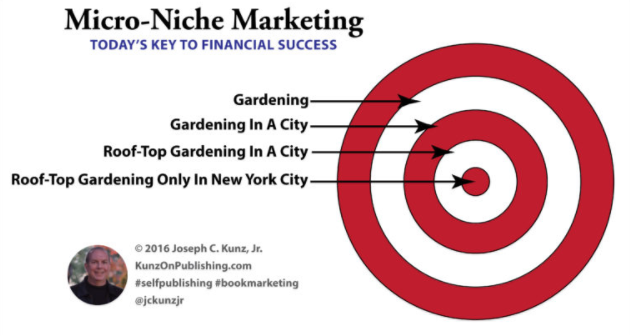


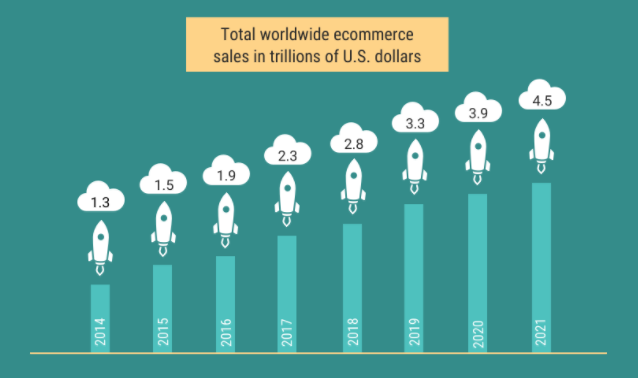
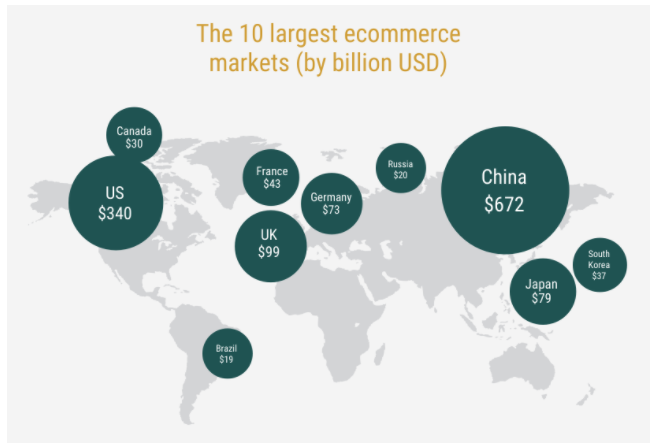
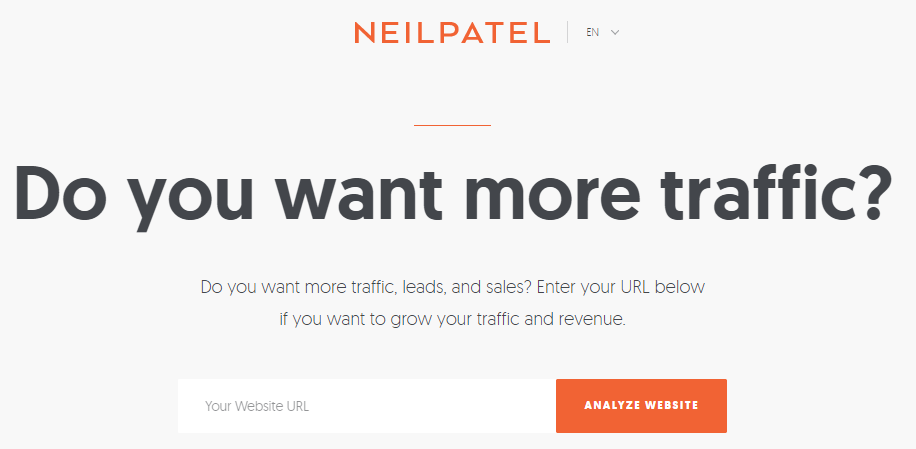
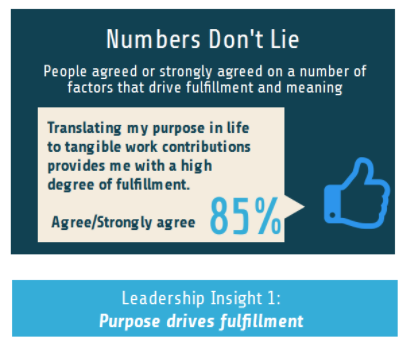

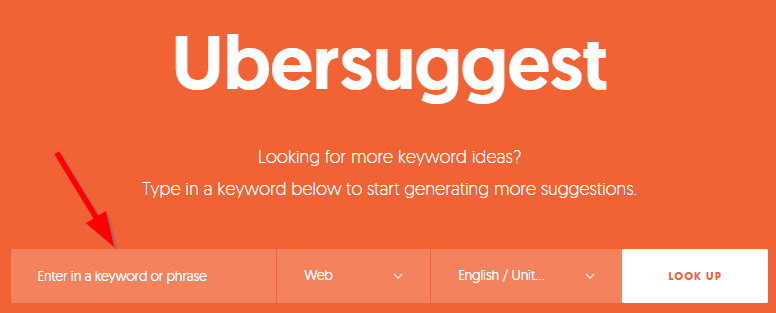


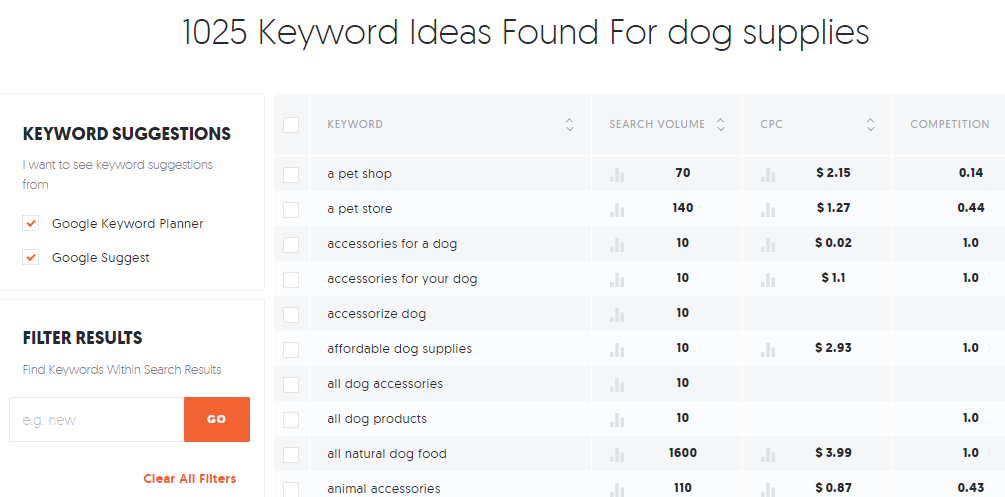

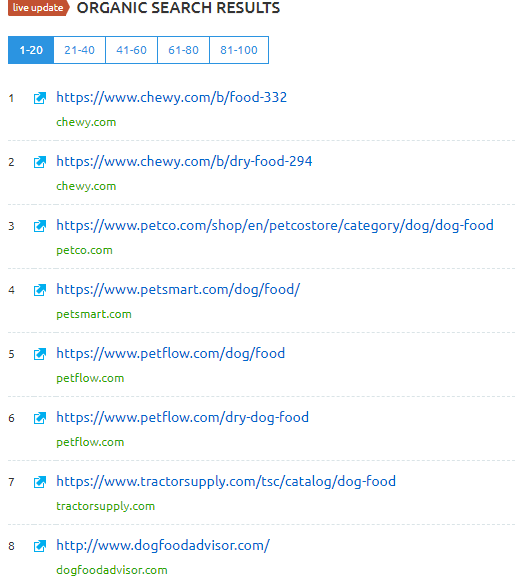


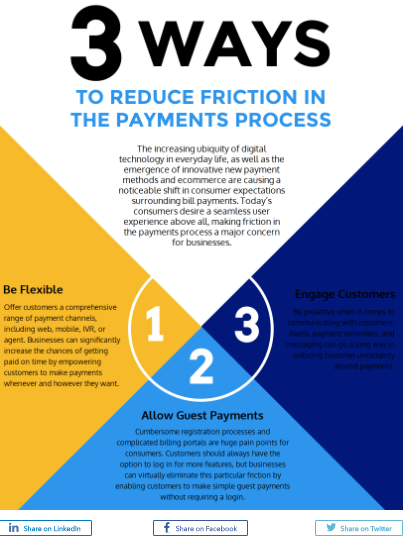


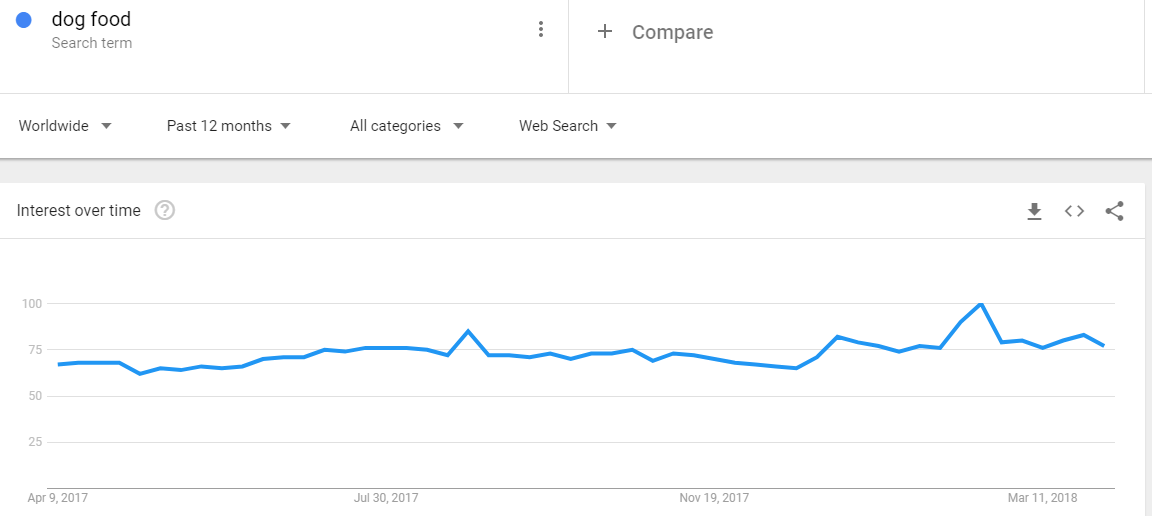

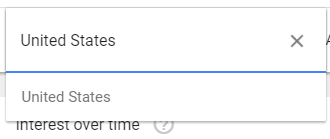
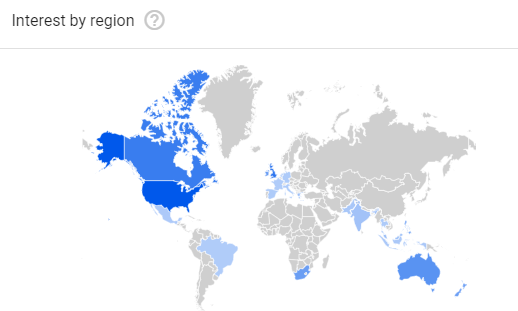

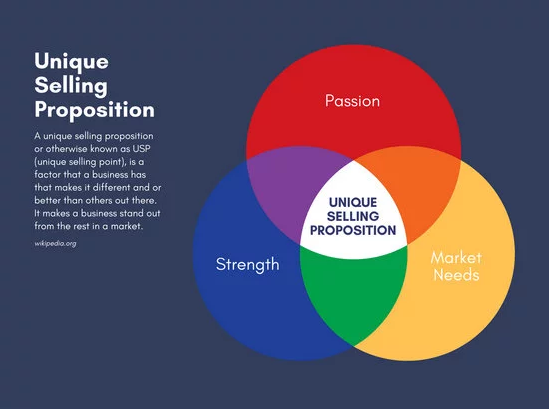
Comments (18)